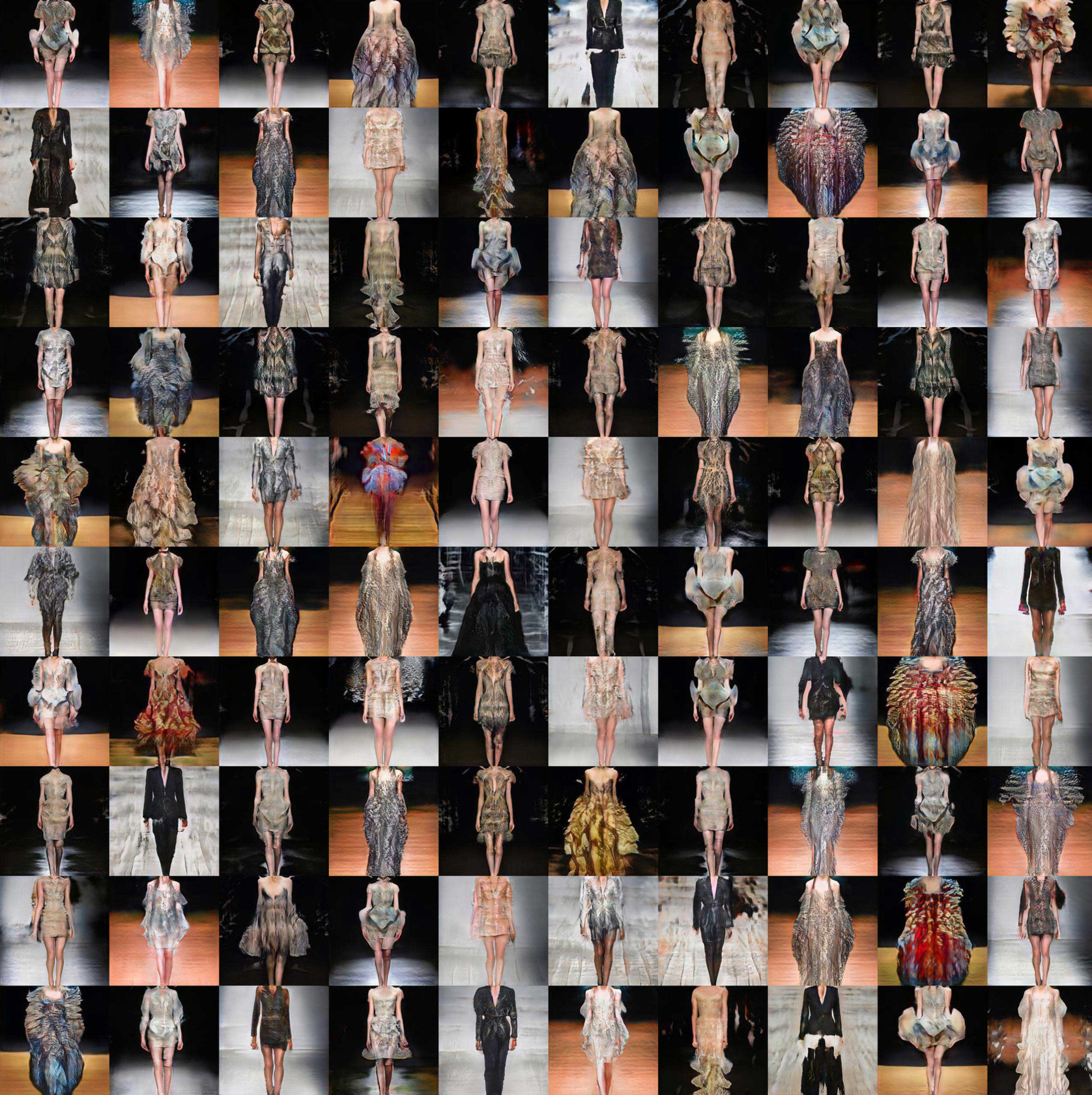
Embracing Design Constraints, the Future of Fashion, and AI with Architectural Technologist Laure Michelon
The potential for data-driven design may seem endless. However, data breakthroughs within industries like architecture, fashion, and machine learning propel data usage and exploration. To further explore how data is used within a multidisciplinary setting, we connected with Los Angeles-based architectural technologist and designer Laure Michelon.
An experienced engineer turned architectural technologist, Michelon has merged her passions for architecture, fashion, and computational design into a career of exploratory work. Here interests in machine learning and the creative opportunities of GAN-based data augmentation. “Data is such a broad term,” Michelon explains. However, her extensive background in generative design and architectural technologies makes her an unmistakable force in the design industry. Although data brings endless possibilities, she never fails to approach design constraints with experimentation and the accidental opportunities data can bring.
This month, we connected with Michelon to learn more about her work, misconceptions of the design process, and the future of AI in architecture and fashion. Unpacking Data in Practice is Data Aided Design’s recurring series highlighting emerging design professionals as they share their thoughts and perspectives on data-driven design.
Tell us about your academic and professional background.
I have an M.S. in Architectural Technologies from SCI-Arc and a B.S. in Civil Engineering from Columbia University. Before SCI-Arc I was working as an energy analyst and facade consultant at Glumac, an MEP firm. Currently, I am the assistant teacher for the architectural technologies program at SCI-Arc and I have worked on a few projects for Ishida Rehm Studio that have shown at FRAC, the Pompidou, and The University of Texas at Austin School of Architecture.
How do you implement data into your design process?
Data is such a broad term. With the environmental work, I do it’s important to use the location, weather, and climate data to influence or inform the design. With some of the more speculative work, it’s more manipulation or bastardization of data to get something different or exciting. I work with grasshopper, machine learning, python, and some c# depending on which project or what design tools best fit the project.What excites you the most with data-driven design?
The amount of data that we can use. It used to be so slow to parse through everything and gain anything useful from it but now everything is faster. I am very excited about incorporating intelligent agents into design – they give a sense of out of control randomness.Much of your work oscillates between architectural technology and fashion. How do you see the use of data changing these industries over time?
With fashion, it is already influencing the industry. Fashion moves much faster and accepts alternative design ideas much more readily than architecture. Computational Design and Machine Learning are being used by fashion houses Iris van Herpen, ACNE, The Fabricant in one way or another. Architecture is a much slower-moving industry, but the design implications are huge. Using new tools and technologies can help create new, diverse forms and design strategies that tackle traditional architectural problems in new ways.
What software do you use and find most helpful during your design process?
Grasshopper/Rhino is the catch-all for me, I also use the CycleGAN, StyleGAN2, and pix2pix neural networks in varying degrees as well. I am trying to get better at Python and use that to script within rhino/grasshopper.With new software being developed the opportunities for design are endless. However, what are the most frustrating aspects of designing with data?
New software is always being introduced and the pressure to learn and understand them is a lot but then you spend so much of your time learning new software you can’t really become an expert in anything. That is frustrating. Also, building datasets is so time-consuming but so important. Any machine learning model that you want to train needs a dataset of hundreds of images all cropped or paired in certain ways.

